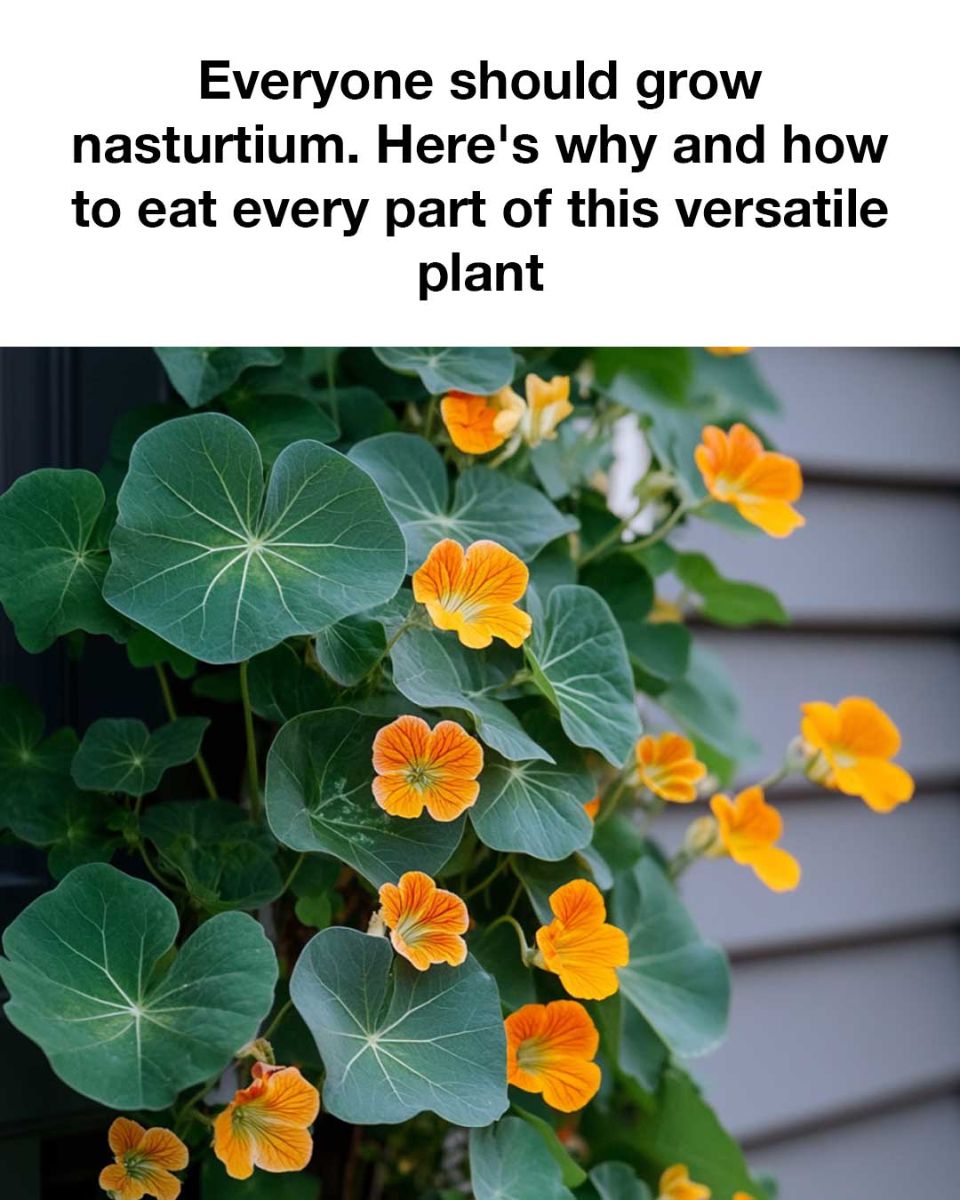Caring for Your Nasturtium Plants
Caring for nasturtium is simple and requires minimal effort. Water the plants regularly, but be careful not to overwater, as nasturtium prefers slightly dry conditions once established. Deadheading spent flowers will encourage more blooms and help maintain a tidy appearance. Fertilizing is generally unnecessary as nasturtium thrives in poorer soils without the need for additional nutrients.
Creative Culinary Uses for Nasturtium
Nasturtium’s peppery flavor and vibrant colors make it a versatile ingredient in the kitchen. Use the leaves in salads, where their unique taste adds a zesty kick. The flowers can be used as edible garnishes, providing both visual appeal and a burst of flavor. Pickled nasturtium seeds, often referred to as ‘poor man’s capers,’ can replace capers in various recipes.
Edible Parts of the Nasturtium Plant
Every part of the nasturtium plant is edible. The leaves are often used in salads and pestos, while the flowers can brighten up a variety of dishes. The seeds, when green, can be pickled and used similarly to capers. Even the stems can be chopped and added to stir-fries or soups for extra texture and flavor.

